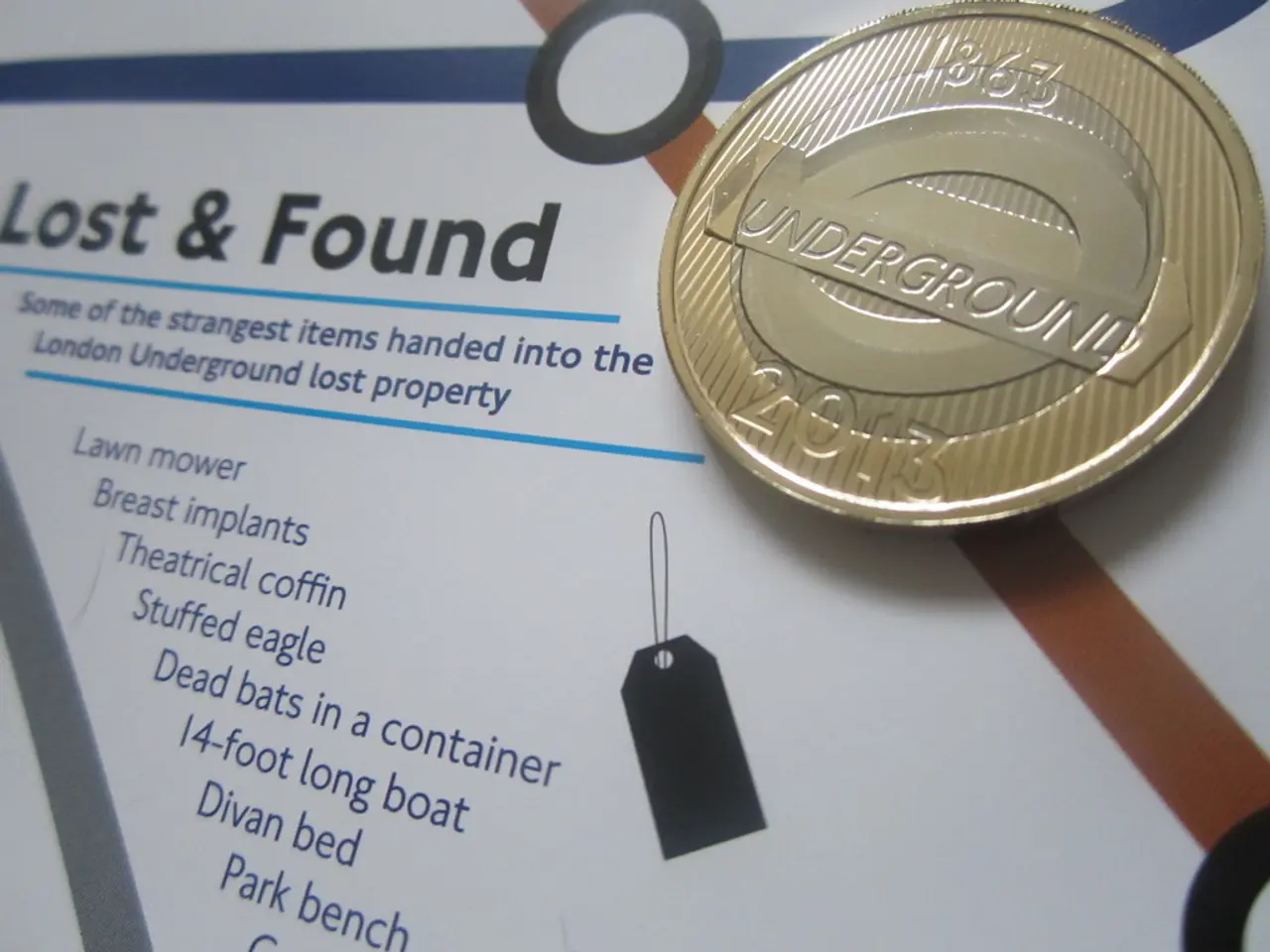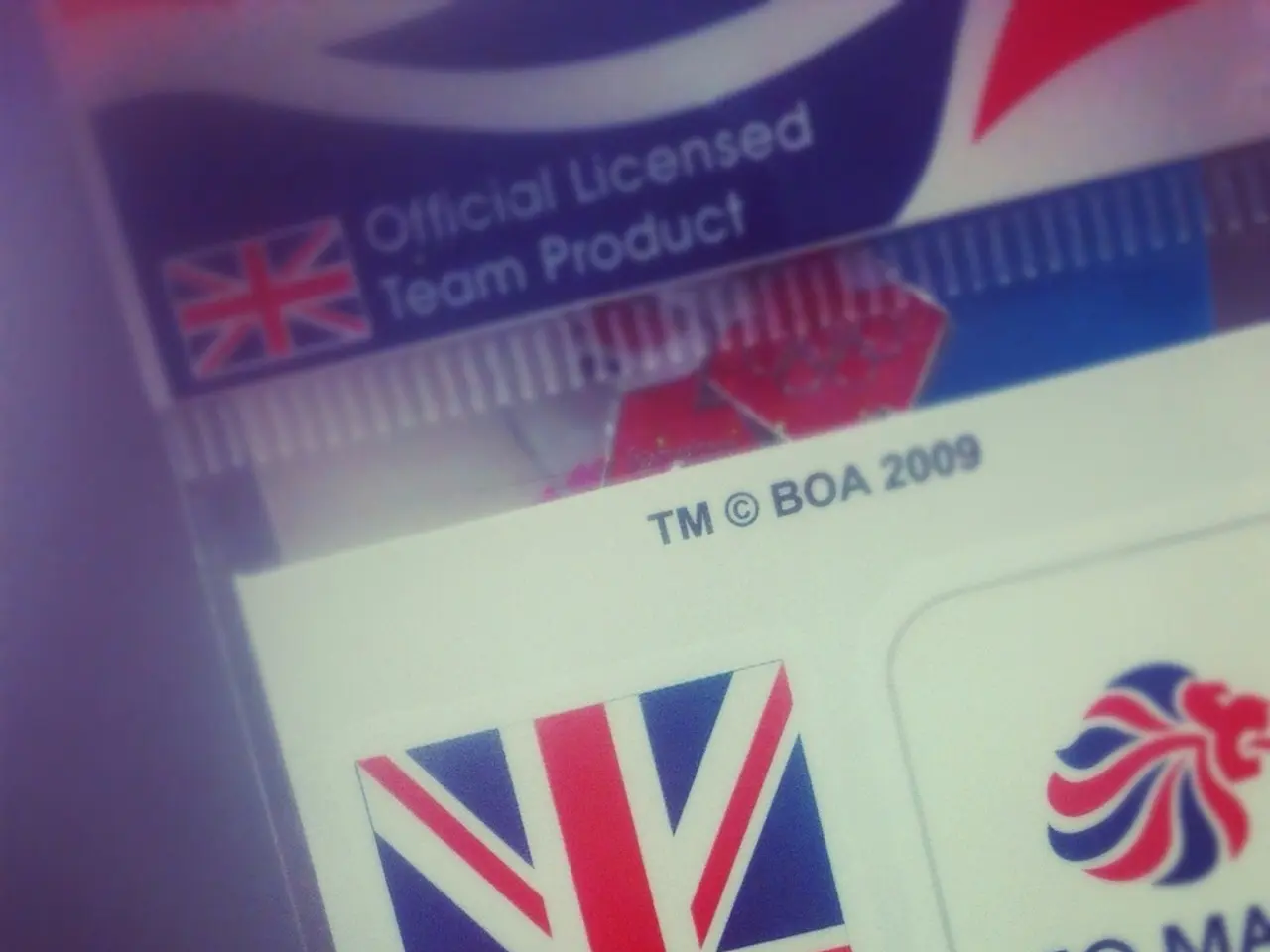Financial industry heavyweights assert $1 trillion potential of tokenization to the Securities and Exchange Commission
In a significant step towards integrating traditional finance with blockchain technology, the U.S. Securities and Exchange Commission (SEC) is focusing on updating securities laws and regulations to accommodate tokenization. This shift, discussed in the SEC's roundtable and related initiatives, aims to balance modernization with investor protection and market integrity.
The regulatory changes prioritized by the SEC include clarifying the classification of crypto assets, facilitating the trading of traditional securities on blockchain, addressing custody and transfer agent issues, improving liquidity management and risk controls, promoting automation in compliance, and fostering an inclusive and collaborative rulemaking process.
One of the key areas of focus is the classification of crypto assets. The SEC aims to provide clear guidelines on when tokenized securities qualify as securities, ensuring purpose-fit disclosures, exemptions, and safe harbors for tokenized offerings.
Another priority is enabling the tokenization of common stocks, bonds, and partnership interests, and creating pathways for trading these tokenized securities on decentralized finance (DeFi) protocols without relying on central intermediaries.
Regarding custody and transfer agent issues, the SEC is contemplating rule amendments to allow for self-custody under certain conditions and considering whether digital asset networks can serve as the master securityholder file required under transfer agent rules.
Liquidity management and risk controls are also under review, with the need to adjust these programs for funds investing in tokenized assets. The SEC is ensuring that these new forms of securities comply with existing rules like Rule 22e-4 on liquidity risk assessments.
The potential for smart contracts to automate compliance and settlement processes has been highlighted, suggesting regulations be designed to enable such technological efficiencies while maintaining regulatory oversight.
The SEC is conducting multiple nationwide roundtables involving a broad range of stakeholders to ensure regulatory frameworks consider diverse perspectives and promote innovation alongside investor protection. Nine panelists, including Apollo, BlackRock, Fidelity, Franklin Templeton, Invesco, DTCC, Nasdaq, and two unnamed representatives, discussed tokenization at the U.S. Securities and Exchange Commission roundtable.
Tokenization can bring together various assets onto the same "operating system", enabling the creation of better investment products. Global policy maker coordination and collaboration are needed since technology is cross-border, and regulatory regimes need to recognize tokenized assets as they move across jurisdictions.
The panelists discussed various opportunities in tokenization, with tokenized collateral management being the most prominent in traditional finance. BlackRock's Mitchnick described the inefficiencies of the current collateral management system without tokenization and the benefits of a tokenized system such as real-time collateral posting and instant transfer.
Self-custody for investors is also being considered, enabling direct access to innovation, reducing intermediary fees, and supporting user control without compromising regulatory oversight. Permissionless public blockchains are proposed to be recognized as an official record of ownership, eliminating duplicative off-chain record keeping and streamlining operations.
Modernizing transfer agent rules is viewed as one of the most compelling regulatory opportunities, with smart contracts handling core compliance functions and a regulatory layer needed for edge cases. Tokenized securities should be able to be settled using stablecoins, similar to cash in traditional finance, without imposing extra regulatory burdens.
Automated market makers can create more opportunities for investors to earn revenue by participating in liquidity pools. Other tokenization opportunities discussed include reducing capital locked up for settlement risks, automating financial primitives like lending and trading using automated market makers, and using blockchain for transfer agency.
There is strong support for formal regulatory sandbox or pilot programs to allow firms to use DLT for issuing, trading, and settling tokenized securities, with a focus on directly informing new rules and legislation rather than just testing technology capabilities. Franklin Templeton's Sandy Kaul emphasized the potential to tokenize not just the fund, but also the underlying Treasury securities, and the importance of this in a crisis.
Interoperability guidelines are suggested for the industry, with the SEC considering providing high-level guideposts or considerations about what interoperability should accomplish and what factors might undermine it. This collective effort towards tokenization in traditional finance promises to bring significant efficiencies to capital markets while maintaining investor protections, but requires thoughtful regulatory adjustments to realize its full potential.
- The SEC is contemplating rule amendments to accommodate blockchain technology, focusing on clarifying the classification of crypto assets as securities.
- Tokenization of common stocks, bonds, and partnership interests is being pursued, with pathways for trading these securities on decentralized finance (DeFi) protocols.
- Regarding custody and transfer agent issues, the SEC is considering rule amendments to allow for self-custody under certain conditions and exploring whether digital asset networks can serve as the master securityholder file.
- Liquidity management and risk controls are under review, with the need to adjust these programs for funds investing in tokenized assets and ensuring compatibility with existing rules like Rule 22e-4.
- The potential for smart contracts to automate compliance and settlement processes is being highlighted, suggesting regulations be designed to enable such technological efficiencies while maintaining regulatory oversight.
- There is strong support for formal regulatory sandbox or pilot programs to allow firms to use blockchain technology for issuing, trading, and settling tokenized securities, fostering innovation alongside investor protection.




